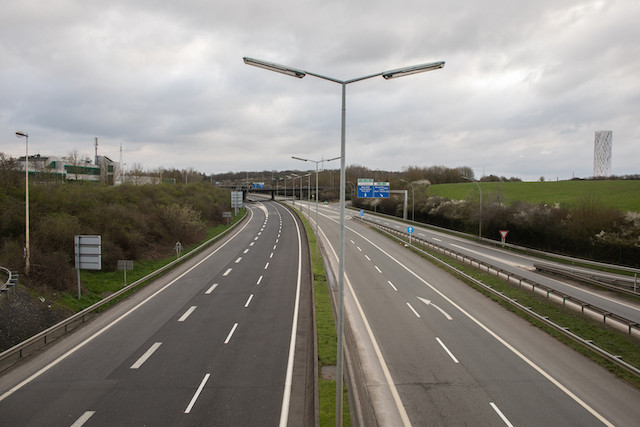On average, Eurostat estimates that CO2 emissions from energy use fell by around 10% last year. This includes emissions from fossil fuel combustion for electricity, transport or industry.
Emissions from fossil fuel account for around three quarters of human-made greenhouse gas emissions in the EU.
As the pandemic saw countries go into lockdown in 2020, emissions decreased by 18.7% in Greece--the biggest drop in the EU--followed by Estonia (18.1%), Luxembourg (17.9%), Spain (16.2%) and Denmark (14.8%).
Ireland and Lithuania (both 2.6%), Hungary (1.7%) and Malta (1%) saw the lowest decreases in emissions from energy use.
Transport makes up more than half of greenhouse gas emissions in Luxembourg, but movement was limited between March and May 2020 and a large part of the workforce teleworked. Cross-border commuters continue to benefit from more flexible work from home arrangements on their tax and social security affiliation because of pandemic agreements between Luxembourg and its neighbouring countries.
Prior to the pandemic, Luxembourg was on track to miss its 2020 emissions targets, largely because of fuel sales on its borders. In 2019, emissions in Luxembourg increased by 2% compared to the year before, while across the EU they fell 4%.
Non-governmental organisation Oxfam in a December 2020 report said that Luxembourg’s richest 1% of the population has a carbon footprint 26 times higher than the EU average, leaving them among the highest emitters in the world, with road transport and air travel identified as the biggest sources of pollution.
